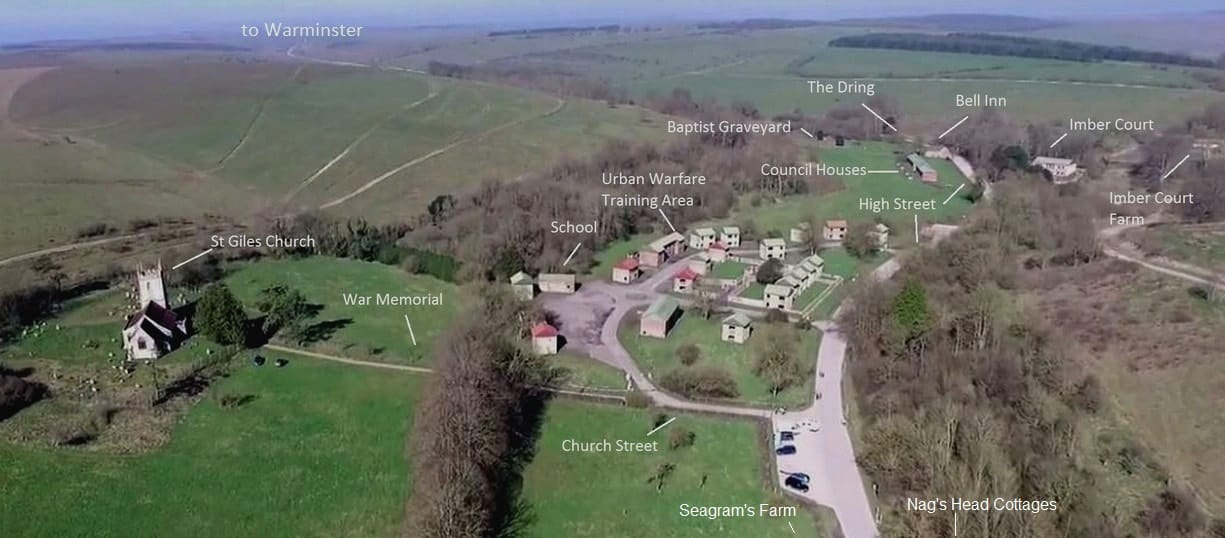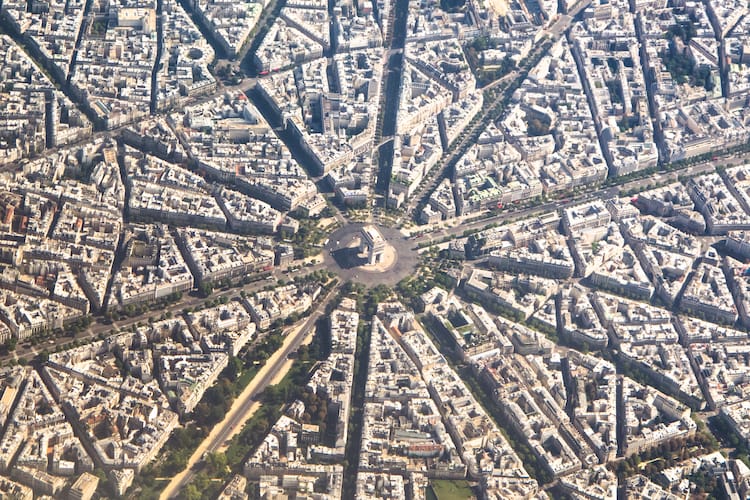TWIL #42: From Strange Fish to Disappearing Places

Every Sunday, I share a few of my learnings, reflections, and curiosities from the week. Things I stumbled upon, things I questioned, things that made me look twice. It’s not about being right or complete… it’s about noticing, wondering, and learning out loud.
Thanks for reading. I hope it sparks something for you too.
The Upside-Down Catfish
My son was watching a YouTube channel about strange fish, and as I walked past the door I heard a sentence that made me stop mid-stride: “This is the upside-down catfish.”

Excuse me? What!? You can imagine I made a note and in the evening was researching this strange animal. So why does it swim upside-down?
1. Surface feeding (insects) becomes easier - Swimming inverted puts their mouth right below the buffet.
2. Light reflection helps them hunt - Looking up into the bright surface gives them a better contrast to spot prey.
Once you start looking, you realise the oceans and rivers are full of creatures that feel like they were sketched on a Friday afternoon. Here are a few of my favourites I found during my research:
The Barreleye Fish

A deep-sea fish whose entire forehead is see-through, revealing two green, rotating tube-shaped eyes inside the skull. It looks like a submarine with windows for brains. Those eyes apparently point straight up to watch for prey silhouetted against the faint deep-sea light.
The Leafy Seadragon (a fish pretending to be a plant)

Found near Australia, it looks like drifting seaweed with eyes.
Its frilly appendages aren’t for movement. They’re just camouflage flair.
It moves by tiny fins so subtle they’re almost invisible.
The Blobfish (gravity’s unfortunate victim)

Out of deep water, the blobfish looks… melted. But in the crushing pressure of its natural habitat, it’s perfectly shaped: a buoyancy genius. It’s only weird when removed from its proper world, which feels metaphorical for all of us.
The Handfish (a fish that “walks”)

Found off Tasmania, it uses its fins like hands to stroll across the seabed.
It looks less like a fish and more like it’s late for a meeting.
When a government cancels a place
This week the news was announced that the Dutch government is considering wiping Moerdijk off the map, I felt a jolt. Not from the policy, but from the thought of it. Imagine waking up one day to discover your village is now a “space needed for something bigger.” It made me wonder: has this happened before? And the answer, unsettlingly, is yes many times. Here are three stories from history where a government decided a place simply would not exist anymore.
1. The Three Gorges Dam, China

When China built the Three Gorges Dam (1994-2006), the world’s largest hydroelectric project, the government flooded an area the size of a small country. More than 1.2 million people were resettled. Entire towns vanished under the rising waters of the reservoir. For many communities, the moment the water came was surreal: their homes didn’t just get demolished, they disappeared from the surface of the Earth.
2. Imber, Britain

In 1943, in the middle of World War II, the British government evacuated the village of Imber on Salisbury Plain. Residents were told it was temporary, a matter of months, because the army needed the area for training troops destined for Europe.
They left their houses decorated for Christmas. They locked their doors expecting to return. But they never did. After the war, the military decided Imber was too useful as a training ground. The village remained sealed off. It still exists today. Used for urban warfare exercises.
3. Paris under Napoleon III

When Emperor Napoleon III and Baron Haussmann redesigned Paris in the mid-19th century, they didn’t renovate the city. They erased it.
Nearly 20,000 buildings were demolished. Hundreds of narrow, medieval neighbourhoods disappeared. Entire districts were declared unsanitary, unmodern, or simply “in the way.” Paris as millions imagine it today (wide boulevards, symmetrical vistas, grand axes) replaced a dense maze of streets where communities had lived for centuries.
And this made me dive deeper into the life of Haussmann. Who was he? How did he accomplish this?
Baron Haussmann: The bureaucrat who remade Paris

Georges-Eugène Haussmann wasn’t an architect or artist. He was a bureaucrat with a taste for order, power, and grand solutions. Napoleon III chose him because he wanted Paris rebuilt fast, and Haussmann had the rare ability to cut through resistance like a sharpened penknife.
Haussmann was born into a family of civil servants, he rose through the prefect system by being efficient, confident, and unstoppable. He saw the city not as a collection of streets, but as a system to reorganize. That mindset, administrative imagination, became his tool of transformation.
How did he do it?
By combining three forces:
- Political backing: Napoleon III granted him near-total authority to expropriate land and demolish at scale.
- Technical orchestration: Thousands of engineers and architects executed his vision; he coordinated all of them.
- Absolute certainty: Protests, lawsuits, cost overruns. He pushed through everything.
What he did to Paris
From 1853 to 1870 he:
- Cut 70+ km of boulevards
- Demolished 20,000 buildings
- Built modern water and sewer systems
- Created major parks
- Imposed the now-iconic Haussmannian style
- Framed monuments with long, dramatic sightlines
The vision: the simple rules behind the new Paris
Haussmann applied a handful of design principles that still define the city today:
- Long, straight boulevards for airflow, sunlight, movement, and clear lines of control
- Monumental sightlines: every boulevard should end in a landmark: an opera house, an arch, a church
- Unified façades: buildings along a street must align in height, rhythm, and materials
- Stone over wood: fire-resistant, elegant, and consistent
- Parks as urban lungs: large green spaces at the edges, smaller squares inside dense districts
- Hidden infrastructure: sewers, pipes, and supply systems organized beneath the new roads
- Space for mobility: wide sidewalks, planted trees, and smooth circulation
The curious twist is this: the Paris of poets, painters, and postcards was crafted not by an artist... but by a bureaucrat who believed a city could be rebuilt like a perfectly arranged document.
The power of sound
And I came across this beautiful sound installation by Janet Cardiff... Very impressive. If you don't have the patience: skip to 6:30.